Transforming Systems Engineering Through Integrating Modeling and Simulation and the Digital Thread
Abstract
This chapter introduces the Digital Engineering Framework for Integration and Interoperability (DEFII) as a methodological foundation for the use of ontologies and graph data structures in a digital engineering context. DEFII leverages enabling technologies to support modeling and simulation in different engineering disciplines and provides an approach for integrating analysis models and simulations results into a coherent digital thread that crosses disciplines at different levels of abstraction. The chapter presents a simple catapult use case and a python-based implementation of the methodology to provide further details of how the methodology can work in a domain-specific example.
Leads
Daniel Dunbar
Stevens Institute of Technology
Tom Hagedorn
Stevens Institute of Technology
Timothy D. West
Stevens Institute of Technology
Brian Chell
Stevens Institute of Technology
John Dzielski
Stevens Institute of Technology
Mark R. Blackburn
Stevens Institute of Technology
Publications
https://www.3ds.com/products-services/catia/products/no-magic/teamwork-cloud/
Arp, R., Smith, B., and Spear, A.D. (2015). Building Ontologies with Bsic Formal Ontology. MIT Press.
Dunbar, D., Blackburn, M., Hagedorn, T., and Verma, D. (2023). Graph representation of system of analysis in determining well-formed construction. 2023 Conference on Systems Engineering Research (CSER) (16–17 March 2023). Hoboken, NJ: Stevens Institute of Technology.
Noy, N.F., Crubezy, M., Fergerson, R.W. et al. (2003). Protégé-2000: an open-source ontology-development and knowledge-acquisition environment. AMIA Annual Symposium Proceedings 2003: 953.

